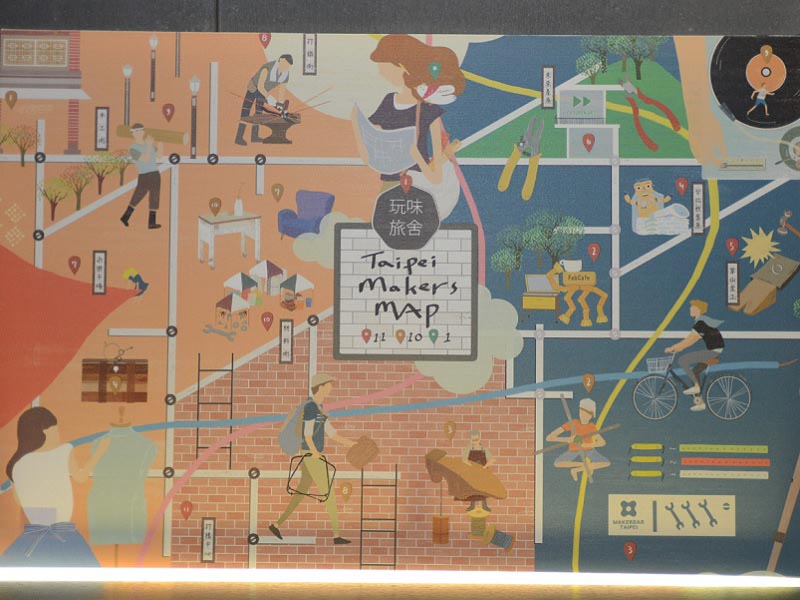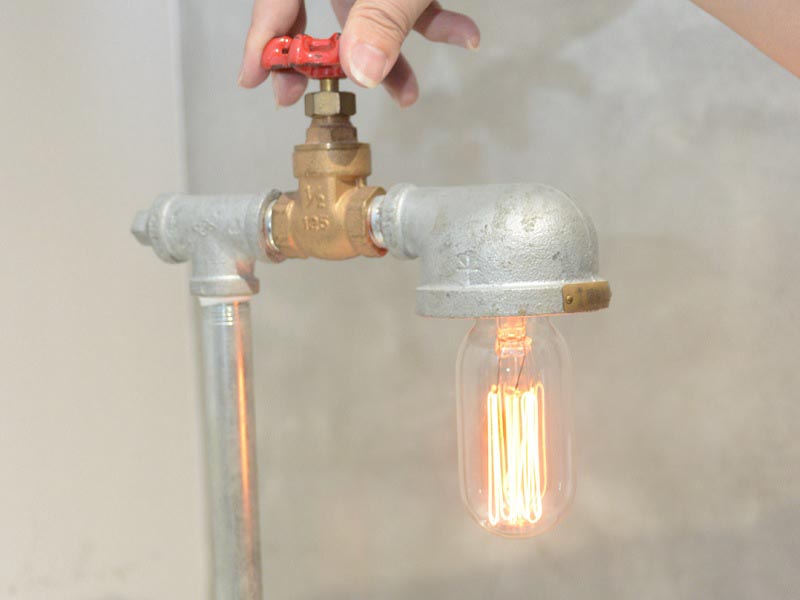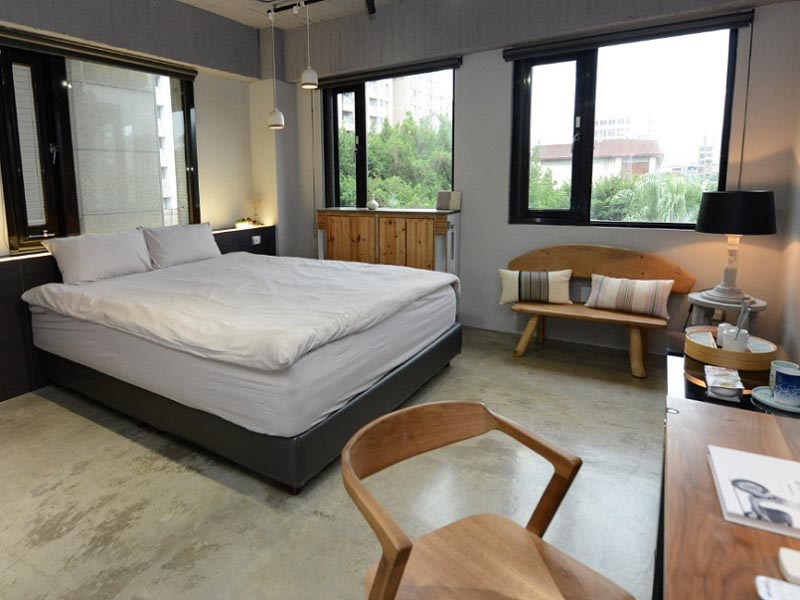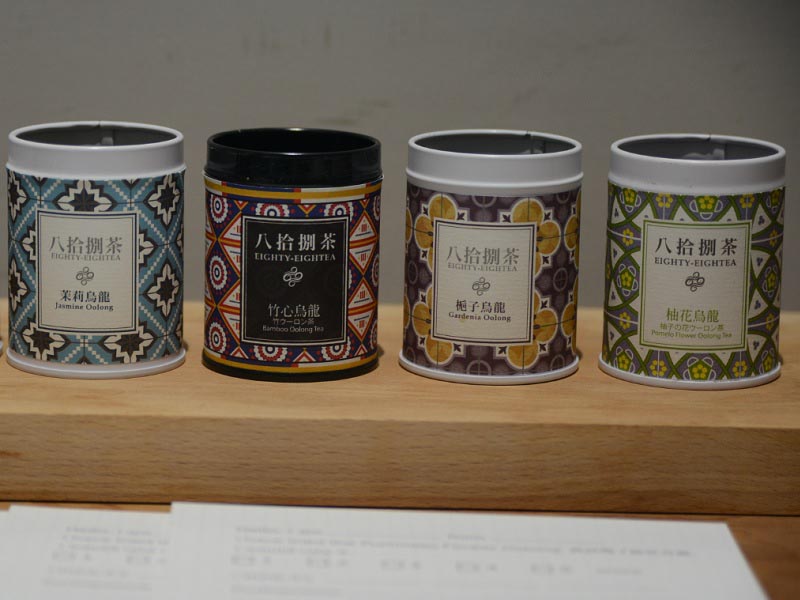Design that Stays True: Play Design Hotel
by Qian Leung
@ 02 Mar 2018

In essence, chefs and designers are both artists. Both emphasize sustainability, sourcing locally, looking to their roots for inspiration, and letting the material speak for itself. Here we will explore how creators from the design field stay true to their loves and beliefs through their crafts.
Amidst hardware shops and auto mechanics, through the heavy gate of a nondescript building and up the lift to the fifth floor, a hotel is hidden, comprised only of five rooms. Named
Play Design Hotel, the rooms feature over a hundred furnishings designed by friends of design director Daniel Chen. “Each year, when designers go to furniture shows in Paris or Milan, the exhibition usually lasts only three to five days,” says Chen. “We wanted to have a space which is a display 365 days of the year, for guests from all over the world to get to know us.”
In a room called Play Magic, hand-blown glass bubbles light up and dim away in random sequences as you tug on the leather cords, while a dove glows cyan, magenta, and amber as you gently stroke its back. High-density concrete is used to make a clock, fair-faced concrete forms the cover of a notebook, while soft cement incorporated with gold, pink, and copper work as coasters. “Architects, in particular, seem to fall in love with the notebook at first sight,” says Chen. To showcase the beauty of the raw material, concrete is also used to make a wristwatch, along with leather for a strap.
At
Maker Room, the spirit of bringing your own design to life is present. Old water pipes are given a second life by being handmade into a lamp (it is lit up by turning the tap), while shoe moulds from the 50s, found in an abandoned leather shoe factory, are turned into night lights. Glass fibre and latex are handcrafted into a moon-shaped lamp. Asphalt discarded during road works in Taiwan are handmade into coasters, delighting the user with its unexpected beauty. “One day, while working in his workshop, a carpenter felt like a pair of eyes were following him,” says Chen. It turned out that they were spare wood chunks used as a base when drilling holes through another piece of wood.
In a room that seeks to support
local crafts, designers collaborate with Paiwan aborigines living in a mountainous region in Taitung. “The children collect driftwood from rivers and learn to turn them into furniture,” says Chen. “With the income from selling their creations, they are able to contribute to their families financially.” In Yuanli, grandmothers grow and weave rush grass, a 300-year-old heritage. Designers keep the tradition alive by incorporating the woven grass into iPad sleeves, coin pouches, pencil cases, and even lamps.
In
Play Tea room, Taiwan is experienced through teas from Eighty-Eightea. Guests can try oolong teas, such as michelia, jasmine, bamboo, gardenia, and pomelo blossom, and pen their thoughts. A digital calendar recommends nearby attractions, such as shops which sell tea leaves, or tea pots and cups. The unassuming tea table caught me off guard with its transcendental scent. “This is made from hinoki wood, which we discovered while dismantling the old door frames from this building, which used to be a hotel forty years ago,” says Chen.
In
Naho room, named for the Japanese illustrater who stayed here anonymously last year, a selection of her personal favourites are assembled. You can also make it your own selection by picking a favourite from each category (desk, chair, coffee table, side table, lamp, clock, and coat rack) on the website at the time of your booking. “This bench entrances every carpenter who encounters it for the first time,” says Chen. Beech, rose, walnut, maple, or walnut wood is handcarved to resemble cushion, while showcasing the growth ring of the tree. A chair, which can be unfolded to reveal a bench, or two benches, or folded back into two chairs, draws bewilderment from everyone who sees it as well.

For dinner, head to Ningxia night market, just a short walk away, where you can feast on fried oyster omelettes, grilled squids on skewers, stinky tofu with pickled cabbage, and deepfried salted eggyolk and yam balls, while little kids scoop goldfish from a plastic pool down the road. Also, visit nearby Dadaocheng, where architecture progresses through Fujian, European Baroque, Classical, and Japanese colonial styles. Staying in Play Design Hotel strengthened my resolution - to learn the crafts of woodworking and ceramics. Failing which, I should probably just order my favourite designs off the website. What do you think?
Play Design Hotel 5F No. 156-2 Taiyuan Road, Datong District, Taipei City 103, Taiwan Tel: (886) 2 2555 5930
Adapted from the
Mar Apr 17 issue of Cuisine & Wine Asia.
 In essence, chefs and designers are both artists. Both emphasize sustainability, sourcing locally, looking to their roots for inspiration, and letting the material speak for itself. Here we will explore how creators from the design field stay true to their loves and beliefs through their crafts.
In essence, chefs and designers are both artists. Both emphasize sustainability, sourcing locally, looking to their roots for inspiration, and letting the material speak for itself. Here we will explore how creators from the design field stay true to their loves and beliefs through their crafts. 




